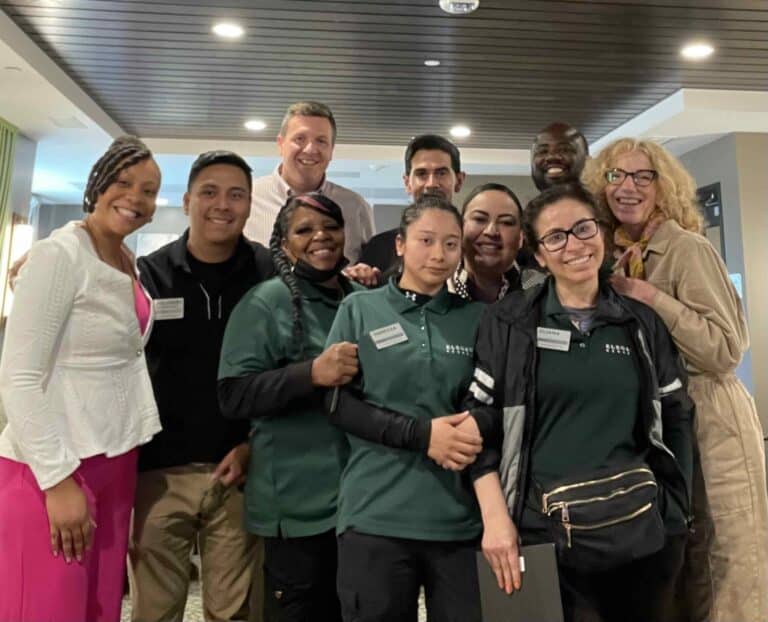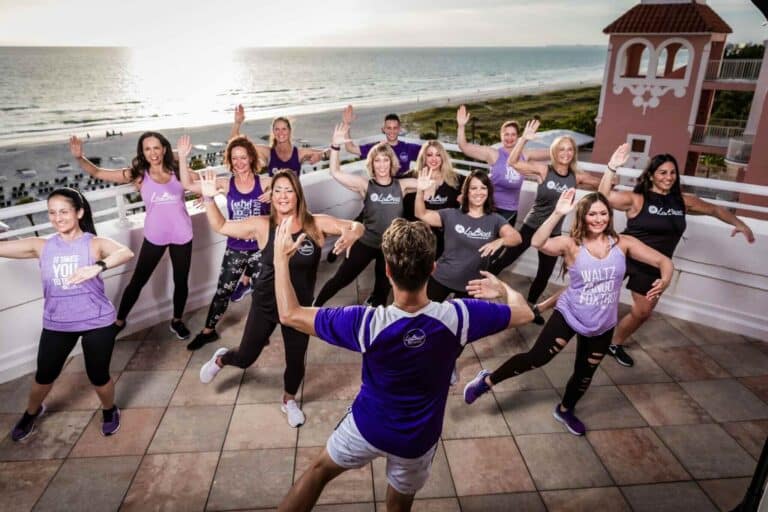“If you still are in react mode, then I would just question: are you as resilient as you maybe thought you were?”
– Ken Cooper, Head of HR at Bloomberg
The Burnalong HR Leadership series hosted a round table discussion on defining and developing resiliency at the workplace (check out the link if you want the full recording sent to you).
The speakers were:
- Ken Cooper, the Head of Human Resources at Bloomberg
- Dipti Sirisinahal, a People Strategist and Leadership Coach at Google
- Bob Ravener, the former CHRO at Dollar General
What follows is the discussion focusing on the definition of resiliency in the workplace. It has been edited for readability.
How do we define company resiliency?
Let’s start with defining what resiliency really means in a corporate and workplace context. From Ken, Dipti, and Bob the keys included:
- Real time flexibility and rapid decision making
- A culture that supports experimentation and values emotional intelligence
- A Darwinian reality of “adapt or die” reflected in a “gradually then suddenly” world
Ken Cooper, Head of HR at Bloomberg
Resiliency means first being able to change on the fly. Take this webinar technology we’re using here today. I’ve never used it before. And the audio feedback you just heard is my trying to navigate the audio settings. Basically I have a mute button on my microphone right here and I was using that. And somehow the software interpreted that as “I don’t want to use my microphone. Let’s switch you to the dial in via the phone.” And it did that automatically. So I noticed that just switched it back.
So my first definition of resiliency is having the skills to make decisions in real time and operate when events are happening.
So my first definition of resiliency is having the skills to make decisions in real time and operate when events are happening.
You know, no one well, not many of us, certainly not me, predicted a global Pandemic and much less prepared for it. But if you prepare for many different types of contingencies and you have good leadership in place and you have good people in place, then when a crisis happens that you may not have actually detailed out and planned, then at least you’re better able to respond.
Dipti Sirisinahal, People Strategist at Google
I just wanted to add to what Ken said by talking about how culture plays into resiliency. When I think about the definition of the culture [there are two main divisions. And these divisions form] complimentary skills that every company should have, our culture should have. One is performance based skills. Right. And the other is adaptive skills. And those are pretty complementary and almost opposite to each other. But I see those both as pretty important.
For example, companies need to be really good at operational excellence, right, but they also need to be really good at visioning, which is kind of, you know, the future looking skillset. So companies need to be really good at problem solving in the immediate, but we also need to be able to do some creative experimentation for the future. And usually companies are very rational and linear in their thinking right in the present. [That’s our natural skill-set]. But success here also requires companies to really hone in on the emotional intelligence piece. And kind of do the soul work. So I almost think resiliency is the move towards wholeness and integrating these opposites.
I almost think resiliency is the move towards wholeness and integrating these opposites of immediate problem solving and creative experimentation for the future.
Bob Ravener, Former CHRO of Dollar General
So my sense of how to define resiliency is around our ability to adapt or die.
Take COVID as an example. COVID is really just the latest challenge, obstacle, roadblock, whatever you want to call it. Certainly unique, certainly came out of the blue. But if you look over the course of time, companies that can adapt to changes in front of them, however quickly they can do that, are going to be able to weather those storms and the ones that can’t tend to fall by the wayside.
[Sometimes this happens gradually then suddenly]. Some of them are just kind of slowly failing to adapt: drip by drip and then all of a sudden then suddenly the signs are there what you can see from the companies that have adapted so far, the ones that had planned for all that business disruption and other emergency plans, were able to make changes much quicker than those who never thought of it now.
How do you know if you have resilient employees?
Ken Cooper:
Ultimately, knowing we’ve got resilience is when you’re in a situation like this [COVID] and you can see how well the organization performs. It’s also something you could probably measure when it’s not there. Again, in the same way, you measure:
- How are your employees?
- How is the organization responding? Is it responding strategically?
I mean, there are tactical responses, of course, but [you have to evaluate these tactics against a broader context of] are companies being thoughtful and responding strategically once they have that opportunity. If not, are they constantly in react mode? You know we’ve been at this since January because when it started for us, it started really in Asia back in January. So all companies have been at this for a very long time now, meaning months. We don’t need to react and be in react mode. And if you still are in react mode, then I would just question are you as resilient as you maybe thought you were? Or are you thinking thoughtfully and strategically what are the next few months and years are going to look like. How are you going to react and how will you respond?
If you still are in react mode, then I would just question are you as resilient as you maybe thought you were?
Measuring Corporate Resilience
Dipti Sirisinahal
So whenever I think of measuring resiliency or measuring anything you think of it in 2 ways, there are leading indicators, and lagging indicators of things. [Lagging indicators here go back to Bob’s point about “adapt or die” and Ken’s point about understanding whether a company is responding strategically to situations as they arise].
Leading Indicators of Employee and Company Resilience
I feel resiliency has a lot of leading indicators, especially in the HR realm.
- One of those is succession planning. and when I’m talking about I’m not only talking about for key leadership positions. But if each of you know exactly at every level of your organization the critical talent that you have, whether it’s a single point of failure or whether somebody or some role that’s really critical to the business. Do you have succession plans around those roles? Not just for key leadership, but throughout the organization.
- Workforce planning would be another example of a leading indicator where you kind of do a lot of scenario planning and you kind of incorporate the future scenarios into your present plans and year to year plans. And I think quite a few bigger companies are able to model themselves in the workforce planning scenario.
- The third leading indicator flows from engagement strategies. Those are fantastic ways to find out how resilient your culture is or may be, maybe not. How good is your decision making? How good are you at making people feel like they belong in your company? Those are things that can really test if you are resilient or not. And from an organization health standpoint, really understanding every year and even currently, which of your part of the organization actually need some re-skilling? So, you know, with the Pandemic and with COVID right now, most organizations are thinking about having this thing in the IT area. What is new? And that’s important to really keep in mind and start working on. That would be my my kind of leading indicators.
How to Get the Full Webinar on Company Resilience
For access to the full recording hop on over to this page and we’ll send it straight to your inbox. The conversation was wide-ranging, also covering specific tactics to build workplace resilience, how to help employees navigate stress in a way that builds resiliency, and a rapid-fire section of top tips from these senior HR leaders.





